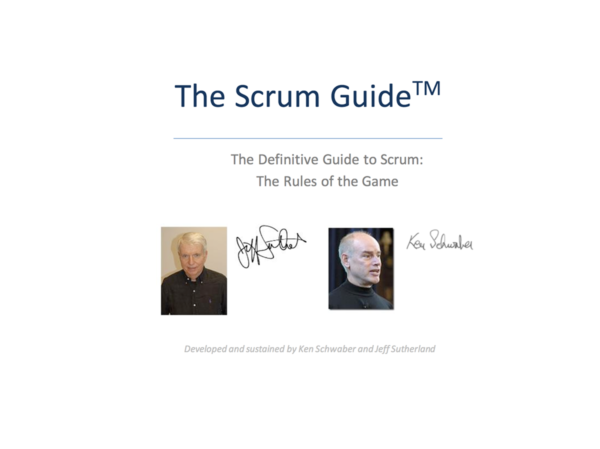
The heart of Scrum is a Sprint, a time-box of one month or less during which a “Done”, usable, and potentially releasable product Increment is created. Sprints best have consistent durations throughout a development effort. A new Sprint starts immediately after the conclusion of the previous Sprint.
Sprints contain and consist of the Sprint Planning, Daily Scrums, the development work, the Sprint Review, and the Sprint Retrospective.
During the Sprint:
- No changes are made that would endanger the Sprint Goal;
- Quality goals do not decrease; and,
- Scope may be clarified and re-negotiated between the Product Owner and Development Team as more is learned.
Each Sprint may be considered a project with no more than a one-month horizon. Like projects, Sprints are used to accomplish something. Each Sprint has a definition of what is to be built, a design and flexible plan that will guide building it, the work, and the resultant product.
Sprints are limited to one calendar month. When a Sprint’s horizon is too long the definition of what is being built may change, complexity may rise, and risk may increase. Sprints enable predictability by ensuring inspection and adaptation of progress toward a Sprint Goal at least every calendar month. Sprints also limit risk to one calendar month of cost.
The Scrum Guide is the official Scrum Body of Knowledge. It was written by Ken Schwaber and Jeff Sutherland, co-creators of Scrum. To access the full guide please visit it scrumguides.org


